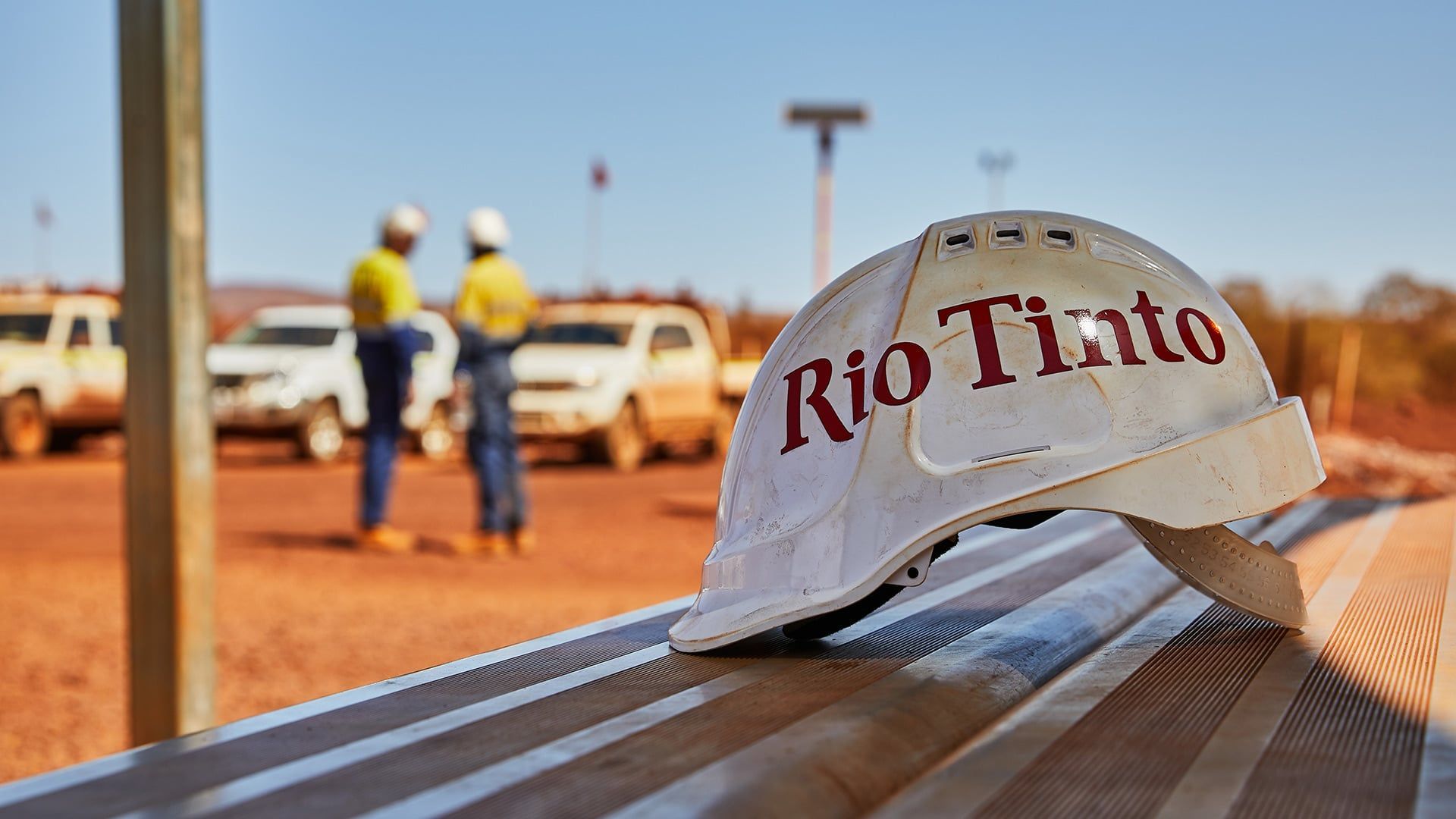Working From Home Safety
Working From Home Safety

Working From Home Safety
The COVID-19 pandemic has led to large-scale and rapid changes in work practices, including a dramatic increase in the number of people working from home. The pandemic has demonstrated that many jobs can be effectively done from home, and it appears likely that the number of people working from home will remain much higher than it was previously.
Home-based work is becoming a common feature of many Australian workplaces and following the shift to working from home during COVID-19 – and the staged return to usual workplaces – many businesses are adopting approaches that blend working from home and in the office.
Working From Home Arrangements
Typically, a working from home arrangement may be made between a worker and the workplace to undertake suitable work from their home as part of their usual work requirements and generally should include where the worker will perform the work - home-based work location, what hours / days of the week the work will be performed at home, what equipment is required to perform the work safely and productively, communication methods and work performance and expectations.
Managing Risks
Working from home may change, increase or create work health or safety risks. The options for managing risks at a worker's home may be different to those you use to manage risks at the usual workplace.
While there is less control over a worker’s home, consultation should be conducted with the workers and take steps to identify and control WHS risks as much as possible using available and suitable controls.
It is important to identify the hazards of the job itself and assess the associated WHS risks and some examples of the hazards of the job itself may include repetitive data entry tasks, sedentary work such as prolonged sitting, peak periods of high workload and dealing with difficult or sensitive situations.
Performing a job in the home environment may introduce new hazards and WHS risks and some examples of these may include inadequate face to face support, limited opportunities to debrief after difficult conversations, lack of training and mentoring, workers feeling disconnected from their managers, colleagues and support networks, workers being distracted and not managing workloads, and workers not taking adequate breaks and working excessive hours.
The WHS Laws
The WHS laws still apply, and employers’ duties extend to workers who work from home or remotely, and they must take steps to ensure, so far as is reasonably practicable, the health and safety of their workers. Australia’s work health and safety (WHS) laws are flexible and seem well-placed to manage an increase in home-based work.
In meeting the WHS legislative requirements for workers performing a job in the home environment, employers should consider providing guidance on what is a safe home office environment, require workers to familiarise themselves and comply with good workstation setup and ergonomic practices and provide information on good working from home habits, including why it is important not to be sedentary for long periods.
Employers should ensure regular communication with workers, establish regular days in the office to maintain networks and set boundaries and expectations about working arrangements, including suitable breaks and reasonable hours.
Zenergy eLearning - Working From Home Safety
This online course introduces you to the requirements and responsibilities of employers and workers for Working From Home Safety which has become a common feature of many Australian workplaces.
The aim of this online course is to outline the WHS requirements and responsibilities of employers and workers which applies wherever work is carried out, including in the home. This includes establishing working from home arrangements, identifying the hazards of the job and the worker’s home, controlling the risks and simple steps for employees to overcome some of the challenges of working from home.
Click on the following link to review further course details: Working From Home Safety
Contact Us
We will get back to you as soon as possible.
Please try again later.
Zenergy News

Contact Us
For more information on our services feel free to email us on -
info@zenergygroup.com.au or call 1300 333 400
Sydney
25 Brisbane Street
Surry Hills
Sydney NSW 2010
Melbourne
Level 23, Tower 5, Collins Square
727 Collins Street
Melbourne VIC 3008
Brisbane
Level 54, 111 Eagle Street
Brisbane QLD 4000
Perth
108 St Georges Terrace
Perth WA 6000
Recent News
© ZENERGY 2022 | Privacy Policy |







